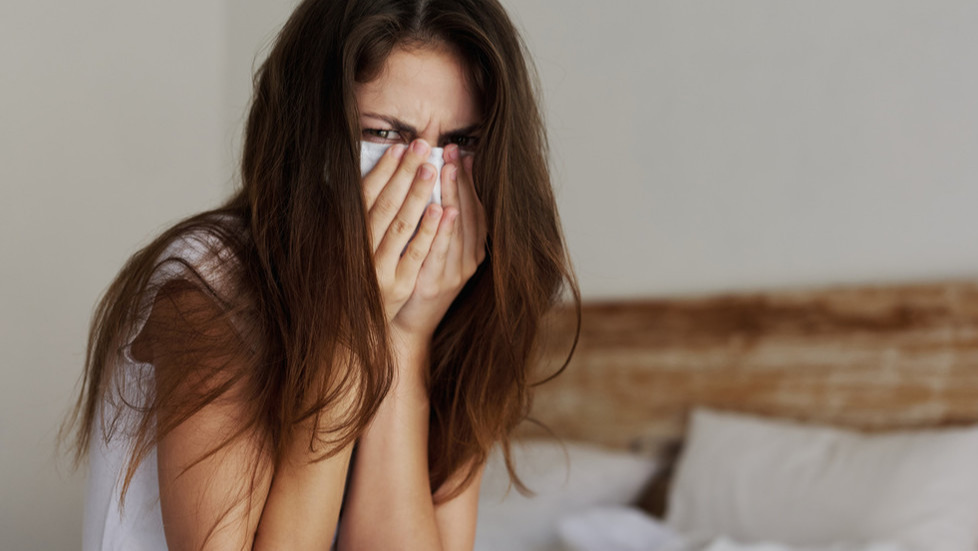
© Dmitry Ageev / EyeEm / Getty Images
London, October 10 (RHC)-- Cases of major depression and anxiety around the world increased dramatically in 2020 due to the COVID-19 crisis, according to the first global estimate of the impact of the pandemic on mental health.
The study, published in the Lancet medical journal, is the latest to suggest the pandemic has taken a serious toll on mental health, with an estimated 76 million extra cases of anxiety and 53 million extra cases of major depressive disorder than would have been expected had COVID not struck.
In 2020, cases of major depressive disorder and anxiety disorders increased by 28% and 26%, respectively. Women were affected more than men, and younger people were more affected than older age groups, according to the recent study.
Countries with high COVID-19 infection rates and major reductions in the movement of people – a consequence of measures such as lockdowns and school closures – had the greatest increases in prevalence of major depressive disorder and anxiety disorders.
The head of the research group from the Queensland Center for Mental Health Research, School of Public Health, University of Queensland, Australia, said: “This study is the first to quantify the prevalence and burden of depressive and anxiety disorders by age, sex, and location globally in 204 countries and territories in 2020.”
Women and young people are more likely to be affected than men or older people. The study showed that almost 52 million of the added cases for anxiety during the first COVID year were accounted for among women, contrasted with 24 million for men.
“We believe [that] is because women are more likely to be affected by the social and economic consequences of the pandemic,” said the lead author, Dr. Damian Santomauro of the University of Queensland.
“Women are more likely to take on additional career and household responsibilities due to school closures or family members becoming unwell. Women also tend to have lower salaries, less savings, and less secure employment than men, and so are more likely to be financially disadvantaged during the pandemic,” he said, adding a rise in domestic violence may also play a role.
Although COVID caused more death and serious illness among older people, it was younger people who faced the greatest burdens of depression and anxiety. The category with the highest burden, the 20 to 24-year age bracket, had an estimated 1,118 added depression cases per 100,000 people, and 1,331 more per 100,000 for anxiety.
“School closures and wider restrictions limiting young people’s ability to learn and interact with their peers, combined with the increased risk of unemployment, also meant that young people were also more heavily impacted by major depressive disorder and anxiety disorders during the pandemic,” says Alize Ferrari, one of the University of Queensland researchers.
“We are hoping that these findings encourage more dialogue by policy makers, governments, researchers and people considering resource allocation and planning for mental health responses…. It is crucial that policymakers take underlying factors such as these into account as part of measures to strengthen mental health services,” he added.

